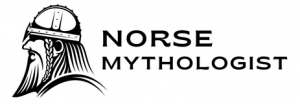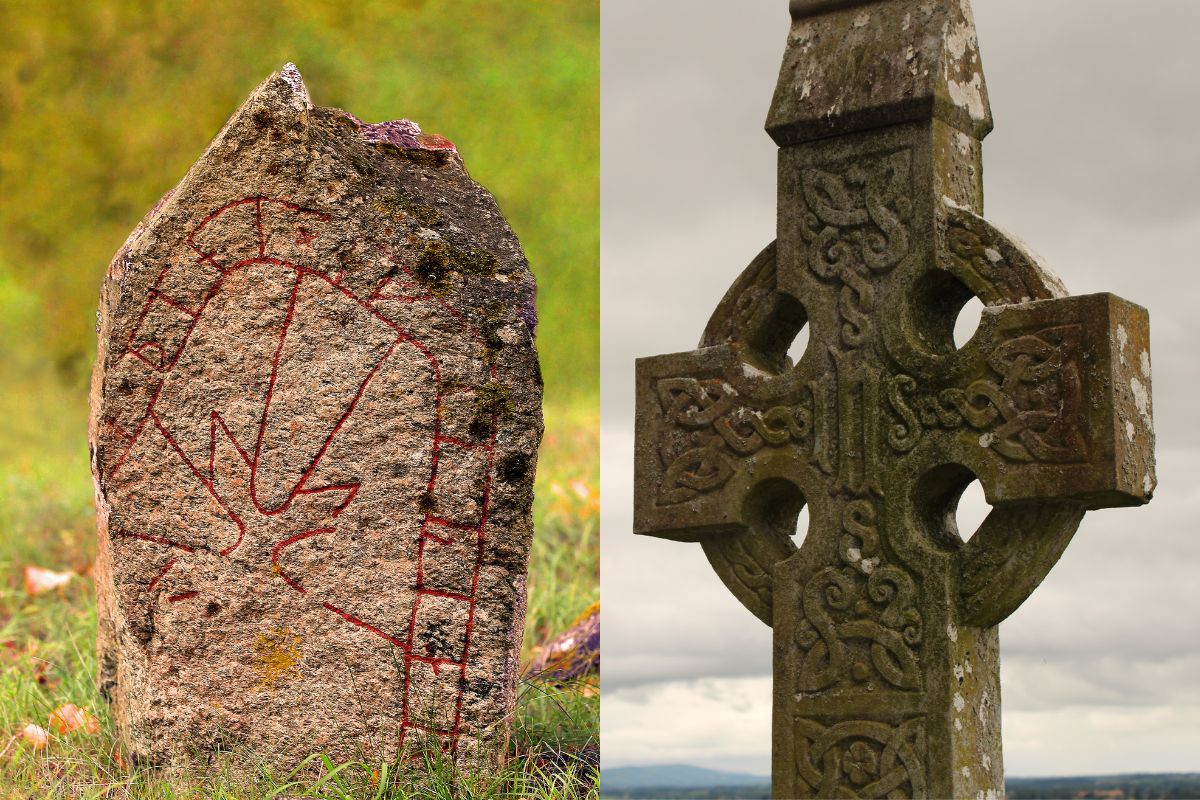Norse mythology originated with Germanic tribes from Northern Europe; on the other hand, Celtic mythology started with the Celts of Central Europe. The supreme god in Norse mythology was Odin, whereas it was Dagda in Celtic mythology.
The Norse or Viking areas of Scandinavia (Norway, Sweden, Denmark) are relatively close to Celtic and Pict ones (English, Irish, Scottish, and Irish), so there are overlaps in some beliefs and practices.
The Viking invasions of the British Isles happened between 793 and 1066. Although the Vikings came from Sweden, Norway, and Denmark, many crossed from Denmark to northeastern England and eastern Scotland.
Celtic paganism had disappeared in favor of Christianity by then; nevertheless, the invaders would still have learned some of the original mythology.
About Norse Mythology
Polytheistic Beliefs
Contrary to today’s more widespread belief systems, such as Christianity, Islam, or Judaism, Norse religious beliefs were polytheistic, involving several gods and goddesses, not just one.
Búri was the “father of all gods,” but the first members of the true pantheon of the Æsir were his sons Vili and Vé, and above all, Odin. The three sons killed the giant Ymir in Ginnungagap, ending the giants’ rule.
There were originally two pantheons. The first was the Æsir from Asgard, comprising gods such as Odin, Thor, Frigg (originally from Vanaheim), Loki, and Tyr.
The second consisted of the Vanir from Vanaheim. Their gods were Njord, Freyja (or Freya), and Freyr.
These gods carried magic weapons like Mjölnir (Thor’s hammer) and used fantastic creatures, such as Sleipnir, Odin’s eight-legged horse.
The Nine Realms and Yggdrasil the World Tree
Norse cosmology centered on Yggdrasil, the ash tree, or the Norse World Tree. Nine realms sat in its branches and roots, including the human world of Midgard and Niflheim, which contained Hel, the land of the dead.
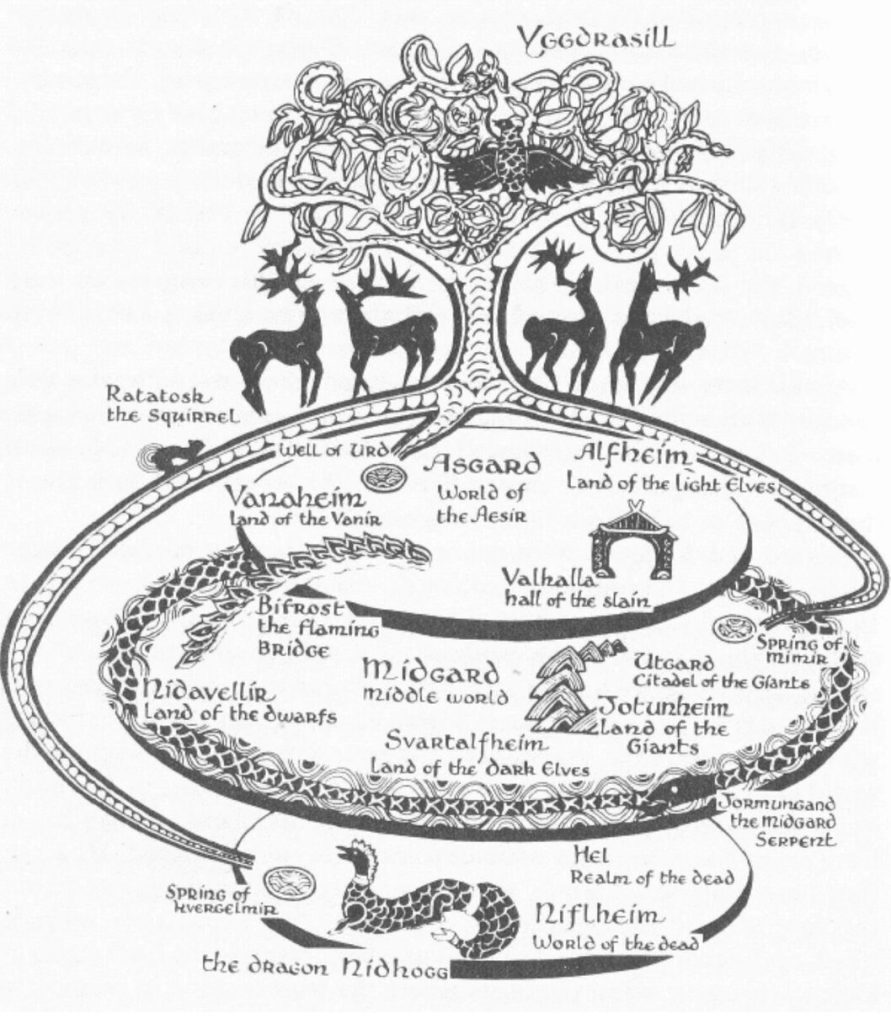
The religion believed in an afterlife, exemplified by Valhalla and its retrievers of slain warriors, the Valkyries. There was an end of days prophecy called Ragnarök.
Norse myth originated in Scandinavia (Denmark, Norway, and Sweden). It spread to Iceland when Norwegian farmers settled there during the Viking age.
Old Norse religion is a North Germanic offshoot of the primary Germanic group.
About Celtic Mythology
Celtic mythology is the collection of stories and folklore from various ancient Celtic tribes like the Welsh, the Gauls and the Irish.
Many of the Celtic myths were forgotten during the Roman conquest, with their first widespread recordings dating from the early medieval period.
Also polytheistic beliefs
The Celtic gods were deities worshipped by a number of Celtic tribes. Their names and attributes varied depending on locations and language; some deities were worshipped by all Celtic tribes while other gods were specific to a particular region or tribe.
Historical Celtic groups included the Britons, Gaels, and Gauls. The traditional theory of “Celtic from the East” states that the Proto-Celtic language originated from Central European late Bronze Age Urnfield culture.
This idea suggests that Celtic culture spread westward to Gaul and the British Isles and southward to the Iberian Peninsula and Cisalpine Gaul.
More recent theories called “Celtic from the West” and “Celtic from the Center” suggest different points of origin. Celtic culture’s most eastern point was central Anatolia in Turkey.
Celtic Religion Evidence
Records of Celtic mythology exist in early Irish and early Welsh literature. However, most written evidence of the early Celts comes from Greco-Roman scholars. They followed an ancient Celtic religion commanded by druids.
The Celts had a series of wars with the Romans, like the Roman–Gallic wars and the conquests of Gaul and Britain. The Roman Empire had absorbed most Celtic areas by 100 AD, and Celtic cultural influences were limited to Ireland, north and western parts of Britain, and Brittany in France.
Celtic culture split into two branches: the Celtic Britons (Welsh, Cornish, and Bretons) and the Gaels (Irish, Scots, and Manx). Today, Breton, Gaelic, Irish, and Welsh are still spoken.
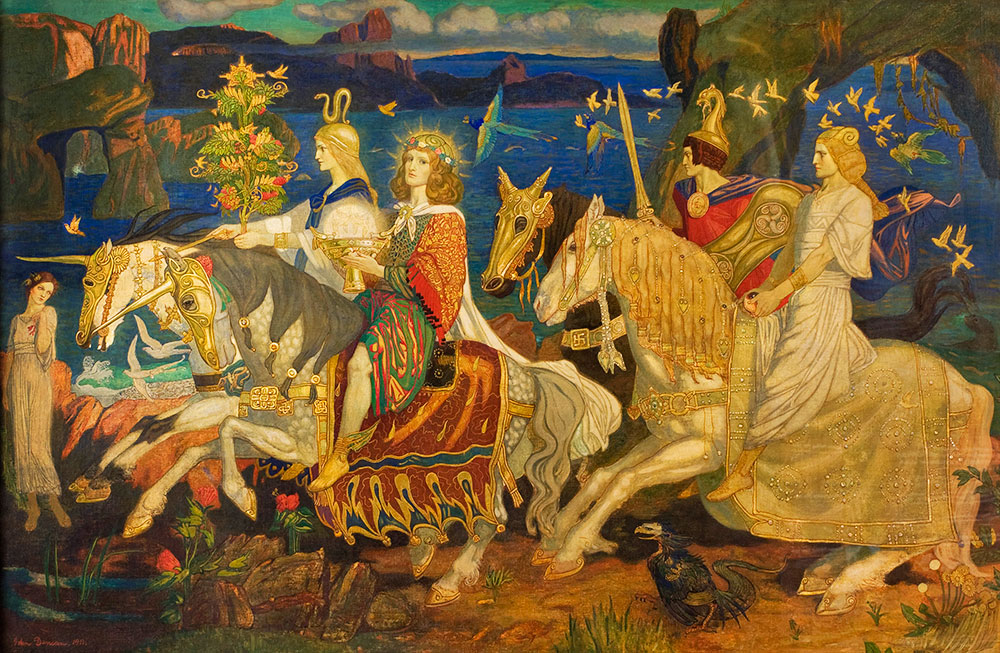
Norse Vs. Celtic Mythology
Nordic and Celtic mythology and belief systems were polythetic, i.e., they believed in more than one god. Several of these gods were similar: Odin for the Vikings and Wotan (Wōden) for the Celts. Irish mythology also had its own supreme god, Dagda (or “An Daghdha”).
The Norse pantheon included Odin, the god of thunder, Thor, Freyr, Freyja, Tyr, and Loki. Principal Irish gods were Nuadhu, Lugh, Oenghus, and The Morrigan, while the Welsh and the Britons had Gwyn Ap Nudd, Llyr, Govannon, Bran, and Beli Mawr.
Gwyn Ap Nudd had strong connections with Nuadhu, and Llyr had an Irish equivalent called Lir. The smith Govannon is Gobhan in Ireland. There were female gods as well: Don in Wales was known as Anu or Danu in Ireland.
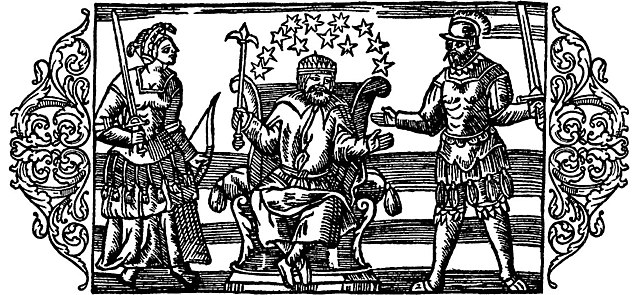
Norse Gods Vs. Celtic Gods
- The only prominent figure common to both mythologies may be the Celtic god Nuadhu and the Norse god Njord. Njord’s wife, Skadi, has a similar name to Nuadhu’s: Scathach.
- Norse mythology has a strong creation story involving Odin and his slaying of a giant. Celtic cosmology starts with the invasions of their lands by different races.
- The Norse god Baldur and the Irish Balor have similar names, but Baldur is a handsome and brave son of Odin and Frigg, loved by all but ultimately doomed, while Balor is monstrous and sinister.
What Are the Similarities and Differences Between Vikings and Celts?
Agricultural Communities
The Celts had an organized and structured community overseen and governed by druids. Like most Iron Age peoples, they had a society and economy that relied on agriculture.
Scandinavian geography and climate meant the Vikings were also mainly farmers, and the buying and selling of crops, animals, and animal products formed the basis of their society.
The Celts were pretty sophisticated compared to the Vikings. They developed cities with organized trading systems on par with Roman ones and used chariots to transport people and goods. Their harvesting equipment was also surprisingly advanced.
The Celtic world had more trade and contact with the Romans than the Viking one, meaning they were more cultured. Their lands were more fertile, and crop cultivation and livestock production gave them a better standard of living.
Invader Vs. Invaded
Another significant difference was that the Vikings were warlike and liked to invade and colonize. The Celts were a cautious people and were usually the target of invasions. However, they did their share of invading as well, sacking Rome and surpassing the Romans in power at one point.
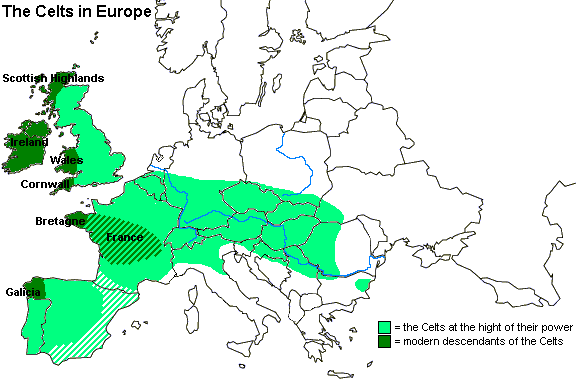
A lack of natural raw materials meant that Nordic people were keen to trade with countries that could provide them with these resources, and this bred a sense of adventure and exploration. These voyages also led to war, pillaging, and eventual colonization.
When the Vikings started their attacks on the Celts during the 9th century, they found a more civilized and advanced society than their own, with Christianity taking over from pagan worship. Christianity didn’t replace Norse paganism until the late 10th century.
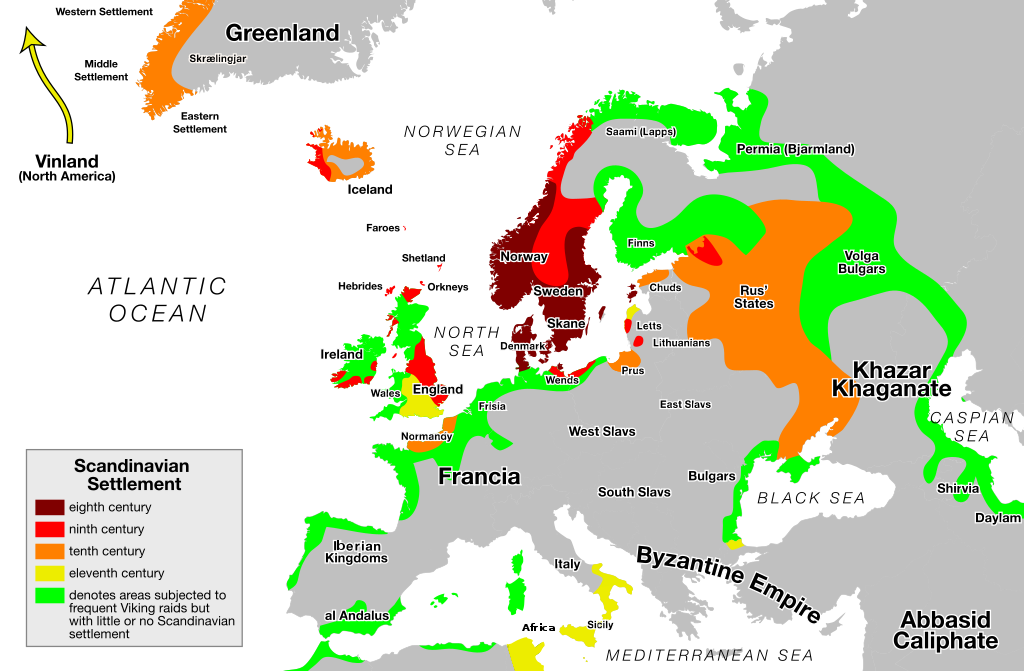
The Vikings and Celts mixed with other Germanic peoples that had invaded Briton and became what are now known as Anglo-Saxons.
Art and Influences
Viking art was asymmetric and featured swirling and complex decorative patterns, often featuring animals. The Celtic decoration used intricate circular patterns and spirals, often with floral motifs.
Germanic and Nordic were the only races to use runes. Druids used “Ogham,” which used names of trees to depict letters.
